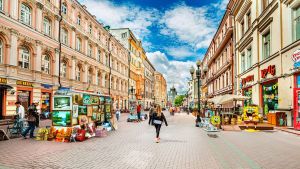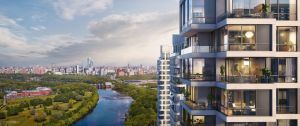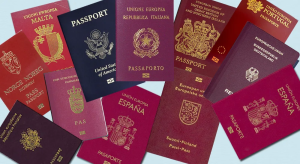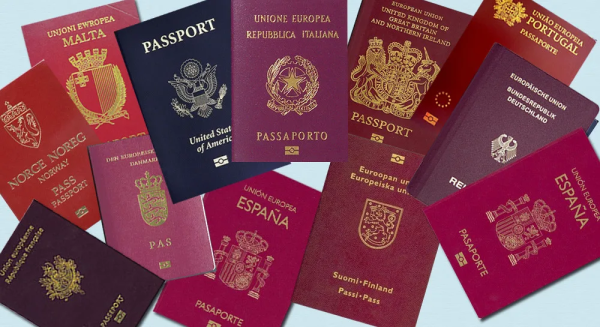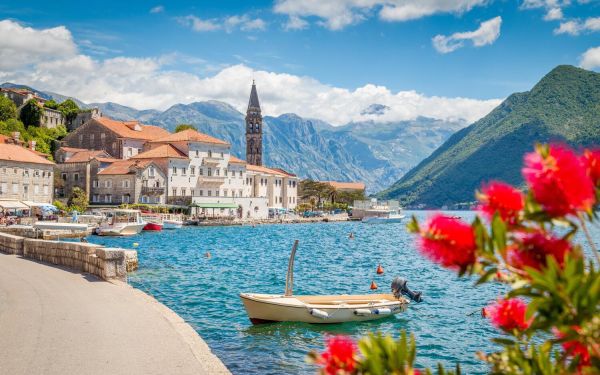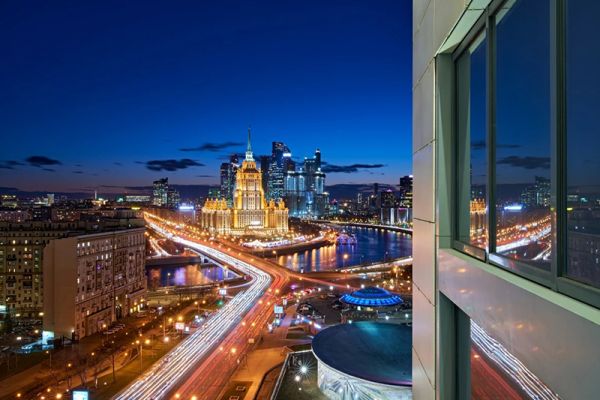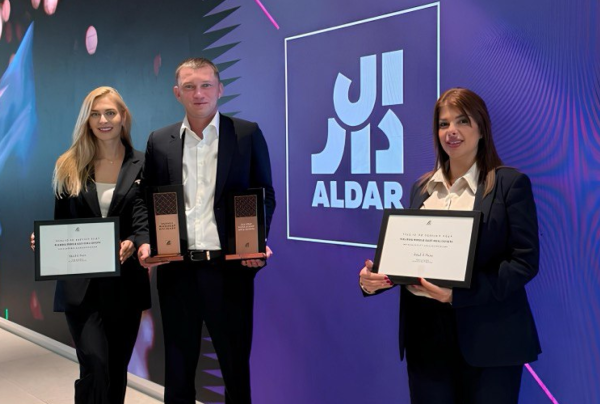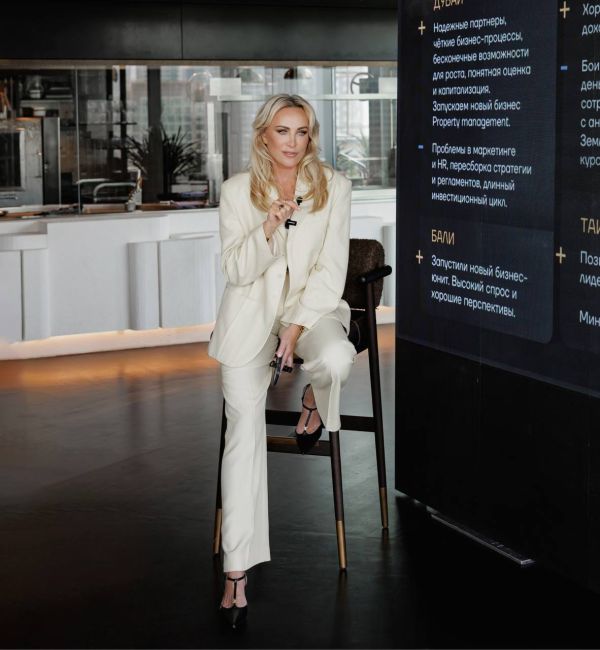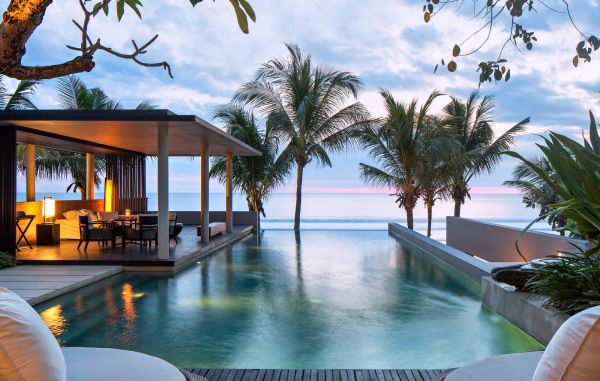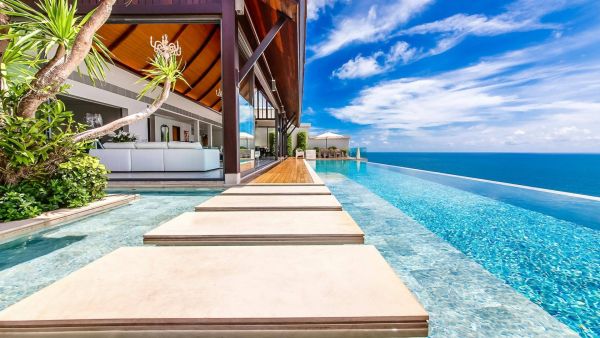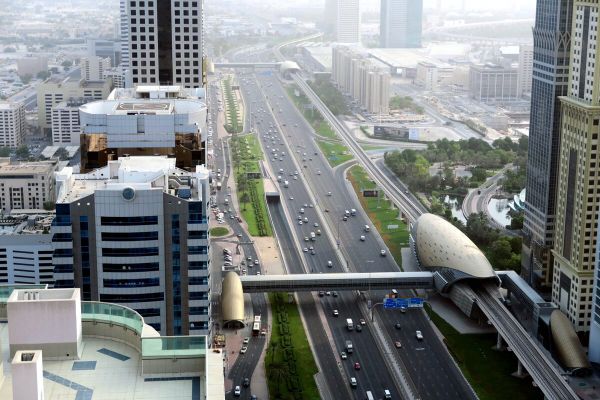What type of real estate is attractive for investment?
This time our heroes do not have a unanimous opinion. Some advise buying apartments in Moscow, others - in the Moscow region, and someone believes that it is worth going to Sochi and the Far East. But they all agree on one thing: now liquid real estate should be sought in Russia.
This time our heroes do not have a unanimous opinion. Some advise buying apartments in Moscow, others - in the Moscow region, and someone believes that it is worth going to Sochi and the Far East. But they all agree on one thing: now liquid real estate should be sought in Russia.
Dmitry Khalin, Managing Partner of IntermarkSavills:
"Conservative investors should buy properties on the secondary market or in ready or almost ready-to-move-in new buildings."
Conservative investors who are more interested in preserving rather than radically multiplying their savings can be recommended to purchase apartments on the secondary market, as well as in ready or almost ready-to-move-in new buildings. In the coming years, their value will rise along with the market, on average by 3-5%. Add the rental income, which is 3-4% per year. That gives you a total of 7-9% annually.
The optimal choice for a conservative investor in the Central Administrative District (CAD) is an apartment with an area from 60 to 150-170 sq.m in a recently built or reconstructed building, with a price not exceeding $14,000 - $16,000 per sq.m. You can expect a yield of 15% or more by purchasing a luxury apartment in a construction project. Its value will constantly grow.
The key opponent of an investor in Moscow's new buildings is time! In small club projects with construction periods of up to 1.5 years, developers usually do not offer significant discounts. In larger buildings, where the initial stage discount is up to 1/3 of the cost of finished housing, the construction period is usually not less than 2.5-3 years. Plus at least six months to register the apartment. Even if you earn 40-60% in the entire period (in practice, this income should be reduced by income tax and realtor commission), you will get no more than 12-15% per year. The yield on investments in Moscow's new buildings can certainly be increased. But this is no longer passive investing, and the level of risk, as mentioned, significantly increases.
The first option is to invest in projects that are sold in a "closed" mode, through a narrow circle of agents or by the developer themselves. Prices for such projects can be twice as low as the final ones! The problem is the risks. Projects, where the developer has not yet collected all the necessary documents, are sold in a similar mode.
The second option is to increase the profitability of investments by using transaction financing schemes. In the London market, a scheme for paying for new buildings is used, where 10-15% of the cost is paid upon signing the contract, and the rest - after the completion of the building, i.e. at least after 1.5-2 years. By transferring the contract before the completion of the building, flippers can earn from 50 to 100% per year. A similar payment model is appearing in Moscow as well.
Alexey Sidorov, Deputy General Director of Kalinka Real Estate Consulting Group:
"Investing in luxury real estate should be done now, during a period of economic instability."
The
Given the current situation in the Russian and global economy, it should be recognized that investing in real estate is a reliable way to protect and diversify assets.
Dmitry Kotrovsky, Vice President of the development company "Khimki Group":
"Attractive investments are apartments in new buildings that are being constructed near major cities."
A real estate investment property should have growth potential, generate maximum income, and be constructed within compressed timelines. Therefore, apartments in new buildings that are being constructed near major cities are attractive for investments. The closer they are to major cities, the more the real estate market resembles a free market, where sellers and buyers are interested in each other, where prices are regulated through standard financial and marketing instruments, and where private investors can calculate potential income.
In Russian million-plus cities, the price of real estate has almost reached its peak, the regular market is stagnating, and there are almost no new projects, especially in Moscow. At the same time, new developments in the Moscow region, both nearby and within a radius of 40-60 km, are growing rapidly and have potential for price growth. An excellent example of this is New Moscow, which quickly changed its status. When talking about the attractiveness of investments, one cannot ignore the future liquidity of the asset. And it is in the Moscow region that the largest volume of solvent demand is being realized, attracting buyers who are not willing to pay huge amounts for low-quality real estate.
Another segment that has long-term growth potential is the suburban markets of major regional centers where pricing is chaotic, market expertise and analysis are lacking, and there are plenty of undervalued locations and areas where land plots can significantly increase in price due to the development of infrastructure, the construction of new roads, and the birth of large-scale development projects.
Foreign real estate is currently not the best investment option, as it does not have growth potential. In resort areas (Spain, Cyprus, Egypt, Greece, Bulgaria), there is a clear oversupply with almost no demand. In cities and countries with a developed economy, where there is a continuous influx of workforce (Germany, UK, France) and no seasonal factors, real estate prices have reached their peak, the entry ticket to the market is very high, and buying property with the aim of getting a return on investment is not advisable.
Sergey Matyukhin, CEO of KR Properties:
"In Russia, you can make money where government budget funds are being invested, particularly in Sochi or the Far East."
All real estate can be divided into Russian and foreign: these two categories require completely different investment strategies. In the mid-2000s, Russian investors were popularly purchasing foreign real estate. At that time, few people thought about the increased risks: the further from home, the higher the risks. It should be understood that real estate involves relatively long periods of entry and exit from a project. This factor was decisive in the 2008 crisis when the markets of many seemingly investment-attractive countries were affected first: for example, prices in Montenegro and Bulgaria fell by half.
In Russia, you can make money in markets where government budget funds are being invested, particularly in Sochi or the Far East. However, much of the investment potential in Sochi has already been realized, but there will undoubtedly be a correction after the Olympics. This is a good reason to invest in real estate in a region with the aim of subsequent ownership and rental as the government will make maximum efforts to develop this cluster. Similar problems exist in the Far East: the development vector has been outlined, but it is unclear how it will be implemented.
The best option remains the Moscow agglomeration. However, even the Moscow market is ambiguous from an investment strategy perspective. We see the city's desire to decentralize administrative and industrial functions. This is where the main potential lies for an investor. In the late 19th and early 20th centuries, industry occupied the best territories of the city, often on the banks of rivers with convenient transportation accessibility. Just remember the ZIL, "Krasny Oktyabr," Danilovskaya Manufaktura, and the Krasnaya Presnya district. Today's industrial and administrative buildings in central Moscow become donors for the development of
Read also
Stay up to date with the latest news
We promise to send only interesting and important articles.




